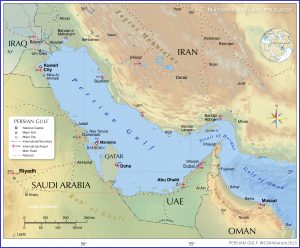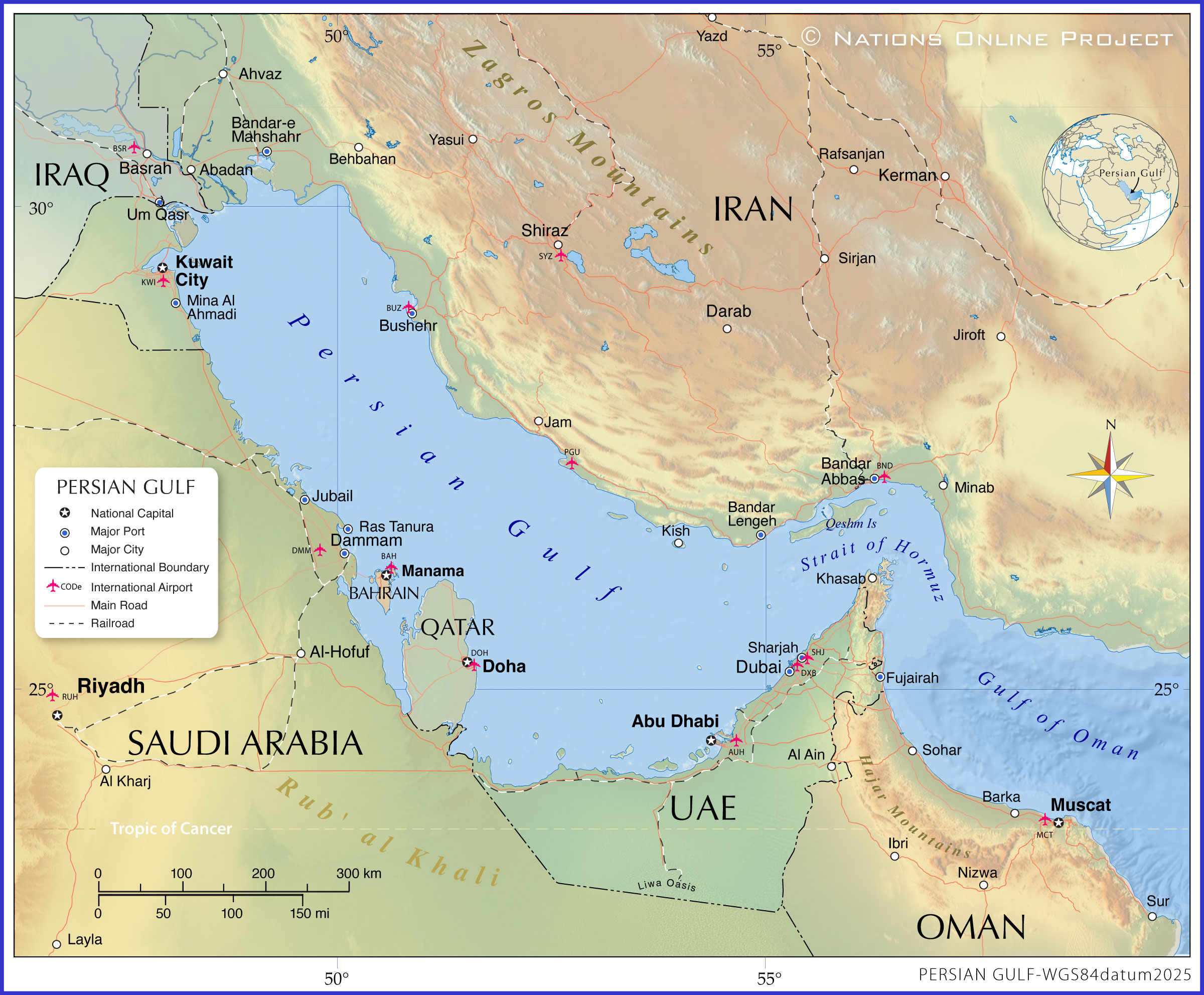
10/22/2025
In the face of regional turbulence, the Persian Gulf region ports are demonstrating remarkable resilience through continued infrastructure investment and technological innovation. These efforts are solidifying their position as critical nodes in global supply chains while navigating complex geopolitical waters, ensuring they remain vital links connecting Eastern and Western markets.
Strategic Position in Global Trade
Situated at the crossroads of three continents, Middle Eastern ports have transformed from mere waypoints into sophisticated trade accelerators and logistics hubs. The region’s strategic location along vital maritime corridors has enabled it to handle an increasing share of global container traffic, with volumes growing significantly over recent years.
This growth trajectory continues despite challenges, with major facilities like Jebel Ali and Khalifa Port implementing ambitious expansion masterplans designed to increase capacity, enhance efficiency, and future-proof operations against an increasingly volatile geopolitical landscape.
Major Hub Developments and Expansions
UAE’s Competing Powerhouses
The United Arab Emirates continues to lead regional maritime infrastructure development through massive investments in its flagship ports. Khalifa Port in Abu Dhabi is central to this strategy, with ongoing expansions aimed at boosting its capacity to 15 million TEUs by 2030. Similarly, Dubai’s Jebel Ali Port, already the region’s busiest hub, is enhancing its capabilities with the development of Terminal 4 and specialized storage yards to handle growing demand.
Regional Expansion Initiatives
Beyond the UAE, regional competitors are making significant strides. Saudi Arabia is executing a massive port modernization program under its Vision 2030, with major investments in Jeddah Islamic Port and King Abdulaziz Port in Dammam. Meanwhile, Oman’s Salalah Port, consistently ranked among the world’s most efficient, is undergoing a US$300 million upgrade to maintain its competitive edge and handle the latest generation of mega-vessels.
These developments are not just about increasing size; they heavily incorporate automation and sustainable initiatives aimed at boosting operational efficiency and reducing the environmental footprint of port operations.
Navigating Regional Challenges
The ongoing Red Sea crisis has created significant headwinds for regional shipping routes, with profound impacts on port operations. Some ports directly exposed to the conflict have seen dramatic drops in activity, while others on the Arabian Gulf have experienced shifted traffic patterns.
Despite these disruptions, the region has demonstrated remarkable adaptability. The crisis has simultaneously highlighted the region’s vulnerability to geopolitical tensions while underscoring the critical importance of maintaining diversified and resilient port capabilities. The continued investment in infrastructure, even during this period of instability, reflects a long-term commitment to securing the region’s role in global trade.
Embracing Technology and Sustainability
Middle Eastern ports are increasingly integrating digitalization and automation as core components of their expansion strategies. From trials of autonomous port vehicles to the implementation of AI-powered tracking systems and national Port Community Systems, the push toward a fully digitized port ecosystem is well underway.
Sustainability initiatives are also gaining prominence, with many ports aligning their expansion projects with global environmental standards. These efforts include exploring shore power capabilities, carbon efficiency technologies, and sustainable infrastructure designs that support broader national visions for economic diversification while minimizing ecological impact.
Future Outlook and Economic Vision
The continued expansion of Middle Eastern ports reflects their integral role in achieving broader economic objectives. Port development is a cornerstone of national visions aimed at reducing dependence on hydrocarbon revenues by developing sophisticated logistics and trade ecosystems.
Despite the complex challenges posed by regional conflicts and supply chain disruptions, Middle Eastern ports continue to demonstrate strategic long-term thinking through sustained investment. This commitment ensures they will remain vital connectors between Eastern and Western markets, supporting both regional economic ambitions and global trade flows for decades to come.
References
-
Dubai Ports Authority. (2024). Jebel Ali Port Terminal 4 Expansion Project Report.
-
Abu Dhabi Ports Group. (2025). Khalifa Port Capacity Masterplan 2030.
-
Arabia Ports Authority (Mawani). (2024). Annual Trade and Shipping Statistics Report.
-
Sea-Intelligence Maritime Analysis. (2025). Global Container Volume and Port Efficiency Review.
-
Oman Global Logistics Group (Asyad). (2024). Salalah Port Infrastructure Upgrade Announcement.
-
United Nations Conference on Trade and Development (UNCTAD). (2024). Review of Maritime Transport: Geopolitical Impact on Shipping Lanes.

